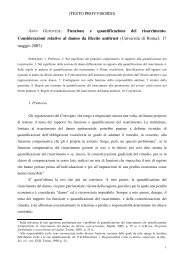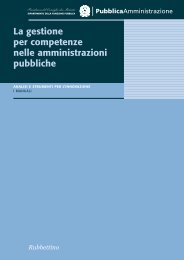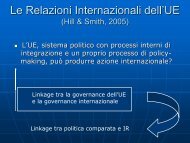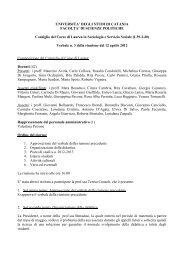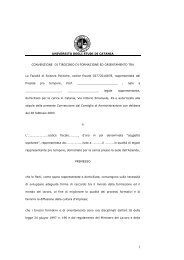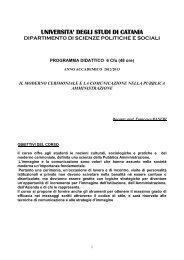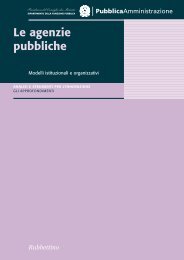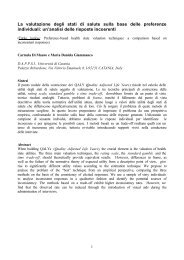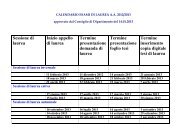Vestas Wind Systems A/S: Exploiting Global R&D Synergies
Vestas Wind Systems A/S: Exploiting Global R&D Synergies
Vestas Wind Systems A/S: Exploiting Global R&D Synergies
You also want an ePaper? Increase the reach of your titles
YUMPU automatically turns print PDFs into web optimized ePapers that Google loves.
<strong>Vestas</strong> <strong>Wind</strong> <strong>Systems</strong> A/S: <strong>Exploiting</strong> <strong>Global</strong> R&D <strong>Synergies</strong><br />
research. “That a Danish company has, in relatively few years, taken a global role as the<br />
world’s undefeated market leader is, in itself, an achievement”, Ditlev Engel said in relation<br />
to the new development facility in Aarhus. “…but we cannot allow ourselves to rest on our<br />
laurels – the competition is extremely tough. Therefore, it is essential for us to remember that<br />
our leading position is not all about the number of wind turbines we sell and install. It is<br />
equally about the technological development”. 26<br />
In contrast, the R&D center on Isle of Wight in the UK – a sailing Mecca and marine<br />
center – was originally a production site for <strong>Vestas</strong> blades. A separate, highly specialized<br />
R&D center was not established at this location until the autumn of 2008. The Isle of Wight<br />
location housed a world-class expertise centered on design materials and aerodynamics, and it<br />
was therefore an obvious place for <strong>Vestas</strong> to pursue competences. 27 More specifically, the Isle<br />
of Wight R&D facility was considered to be a Center of Excellence with respect to<br />
aeromechanical composites, and it was seen as a competence center for aeromechanical<br />
structural design and analysis. It employed approximately 60 mechanical engineers in 2008.<br />
In Singapore, three key aspects justified <strong>Vestas</strong>’s presence. First, the country was<br />
intensely focused on its energy supply, which, when combined with its strong economy,<br />
created a particularly conducive environment for <strong>Vestas</strong>’s research and development profile.<br />
Second, the number of highly qualified engineers in Singapore was favorable. Third, the R&D<br />
presence in Singapore created a gateway into the increasingly important Chinese market. As<br />
the intellectual property rights regulations in China were still too ambiguous and risky for<br />
conducting research and development, <strong>Vestas</strong> relied on Singapore as a regional hub for this<br />
task. However, Finn Strøm Madsen recognized the longer-term need to establish an R&D<br />
center in China in order to gain access to one of the fastest-growing markets in the world.<br />
The office in Chennai, India was established in the late 2007 as an R&D back office<br />
due to the high local concentration of mechanical and IT engineers. Since its establishment,<br />
the competences and talents identified in India proved strong, and the office proved its<br />
worthiness as a regional technology center. Higher levels of responsibility were therefore<br />
transferred from the global headquarters in Denmark to Chennai (see Exhibit 9). For instance,<br />
product support R&D for the V82 wind turbine, which was produced only in India, was<br />
assigned exclusively to Chennai. Moreover, while aeromechanical structural design and<br />
analysis were among the major competences identified, the center was also expected to<br />
demonstrate competences in composites, advanced loads modeling, and gear and drive trains,<br />
26 Børsen, ”<strong>Vestas</strong> satser på teknologicenter i Århus”, 01/22/2008.<br />
27 Finn Strøm Madsen interview, January 2009.<br />
8



